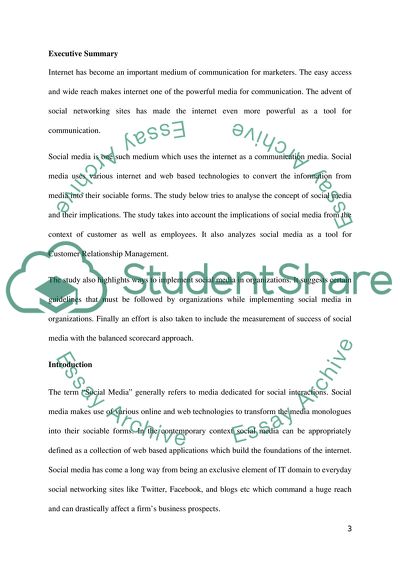Cite this document
(Social Media and Customer Relationship Management Case Study - 5, n.d.)
Social Media and Customer Relationship Management Case Study - 5. https://studentshare.org/information-technology/1568990-case-study
Social Media and Customer Relationship Management Case Study - 5. https://studentshare.org/information-technology/1568990-case-study
(Social Media and Customer Relationship Management Case Study - 5)
Social Media and Customer Relationship Management Case Study - 5. https://studentshare.org/information-technology/1568990-case-study.
Social Media and Customer Relationship Management Case Study - 5. https://studentshare.org/information-technology/1568990-case-study.
“Social Media and Customer Relationship Management Case Study - 5”. https://studentshare.org/information-technology/1568990-case-study.


